CULTURAL CENTER OF THE PHILIPPINES | An Introduction


First things first: Manila is not renowned for its architecture. World War II practically destroyed the city, and most of what’s been built since is mediocre or just “bad.”
However, during my first visit to the city (in 2003), we were driving at night down Roxas Boulevard, chatting about Pinoy politics with our driver (“things were way better under Marcos,” he kept insisting as we challenged him on his political point of view), when a massive marble cube came into view. Beautifully illuminated and complete with a dancing water fountain in front, I was captivated. “What’s that?” I asked. “That’s Imelda’s Cultural Center,” he replied. “See, back then, we could get things like that done in no time. Back then there was progress.”
Immediately engrossed by this piece of pure modernism, I went back the next day during the (very) hot daylight hours, got into the building and basically wandered around unmolested for an hour or more. What I saw blew me away: here was a piece of substantial architecture that wowed me. It still does.
The Cultural Center of the Philippines (CCP) is the name of both this cube (also known simply as “the Main Building”) and the entire complex of buildings built on reclaimed land jutting out into Manila Bay.
°
I think Imelda’s so-called “edifice complex” began when she and Ferdinand were invited to the opening of the Metropolitan Opera House at New York’s Lincoln Center for the Performing Arts in 1966. What she saw there must have prompted her to question why her third world country couldn’t/shouldn’t have something similar.
1966: Distant of First Lady Lady Bird Johnson (L) with Philippine Presodemt Ferdinand Marcos (R) and his wife Imelda (C) on opening night of the new Metropolitan Opera House at Lincoln Center.

Thus began the saga of the CCP and my subsequent intense interest in its architect, architecture, urban planning and, of course, Imelda herself, the master builder of Manila through three decades.
During my recent return to the city, I decided to focus on this complex (the CCP itself and Imelda’s edifice complex) and learn more about this period in Pinoy history.
This is the first post in what I’ve called my “Cultural Center of the Philippines Suite.” I hope you enjoy looking at what transpired on that piece of reclaimed land over the years from 1966 until tragedy finally literally fell on it all in 1981.
Enjoy!
CLICK ON THE SCREENSHOT TO ACCESS WIKIMAPIA’S VIEW OF THE CCP
CULTURAL CENTER OF THE PHILIPPINES PLAN (PDF)

About this entry
You’re currently reading “CULTURAL CENTER OF THE PHILIPPINES | An Introduction,” an entry on designKULTUR
- Published:
- 2010/01/08 / 11:20































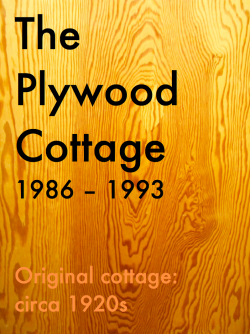









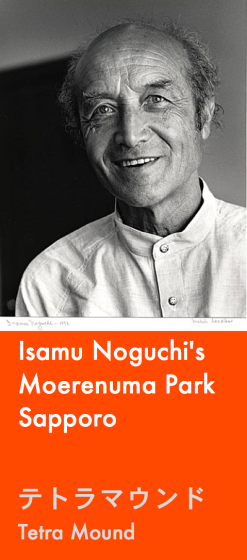

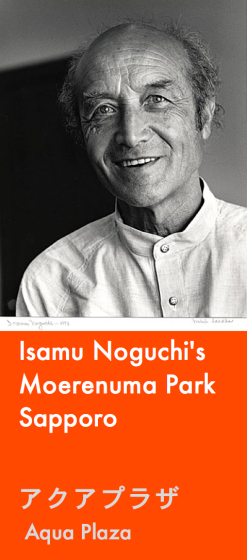

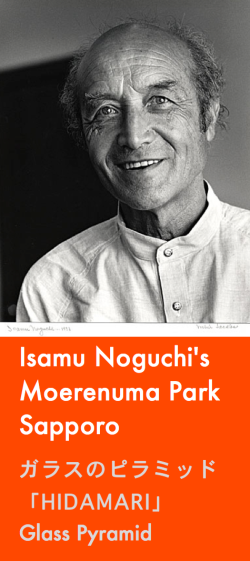




















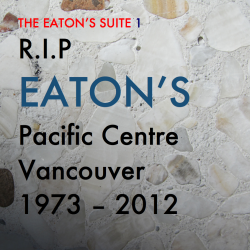













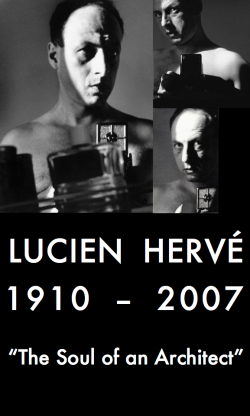
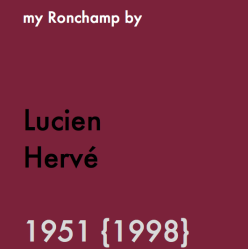
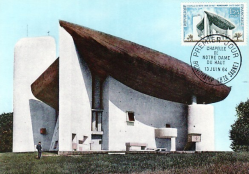












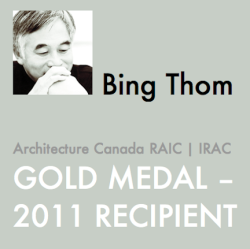































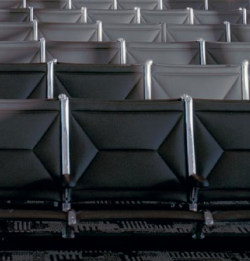




























1 Comment
Jump to comment form | comment rss [?] | trackback uri [?]